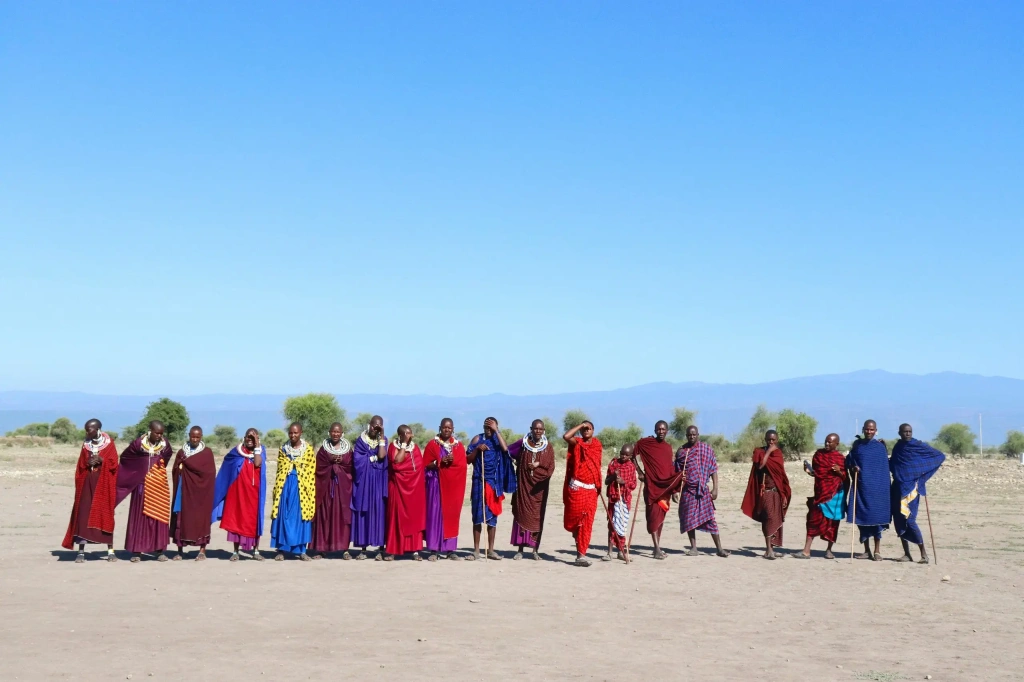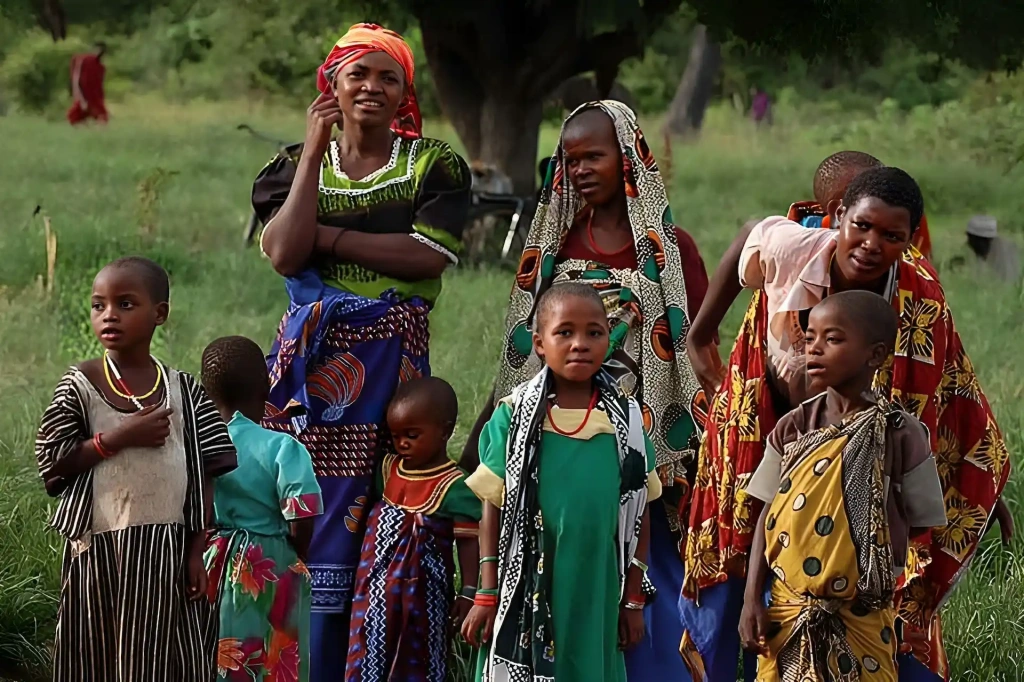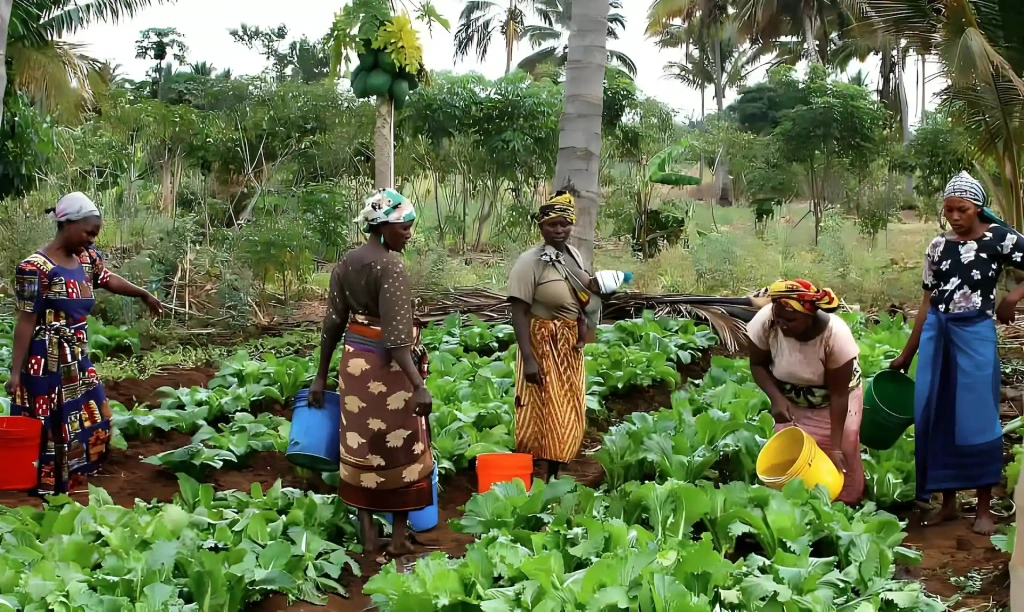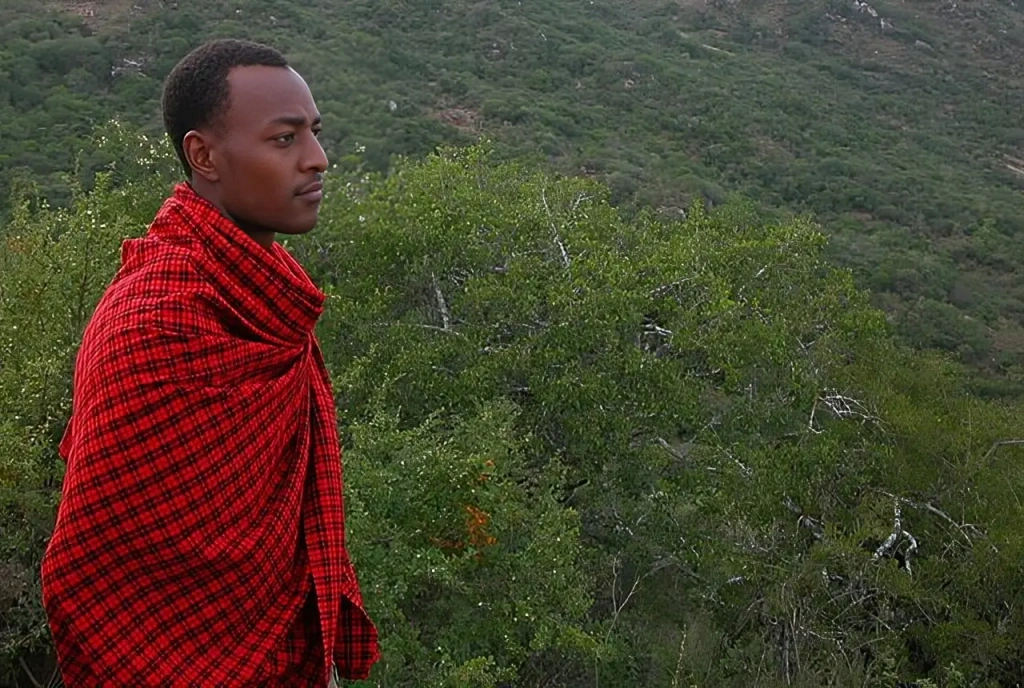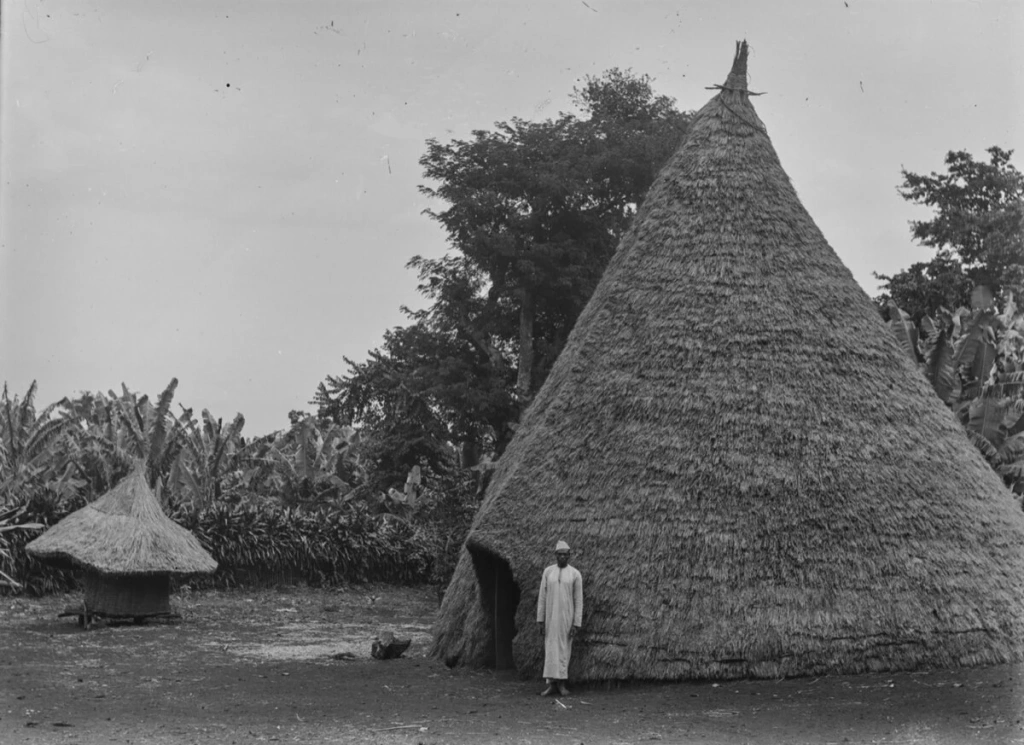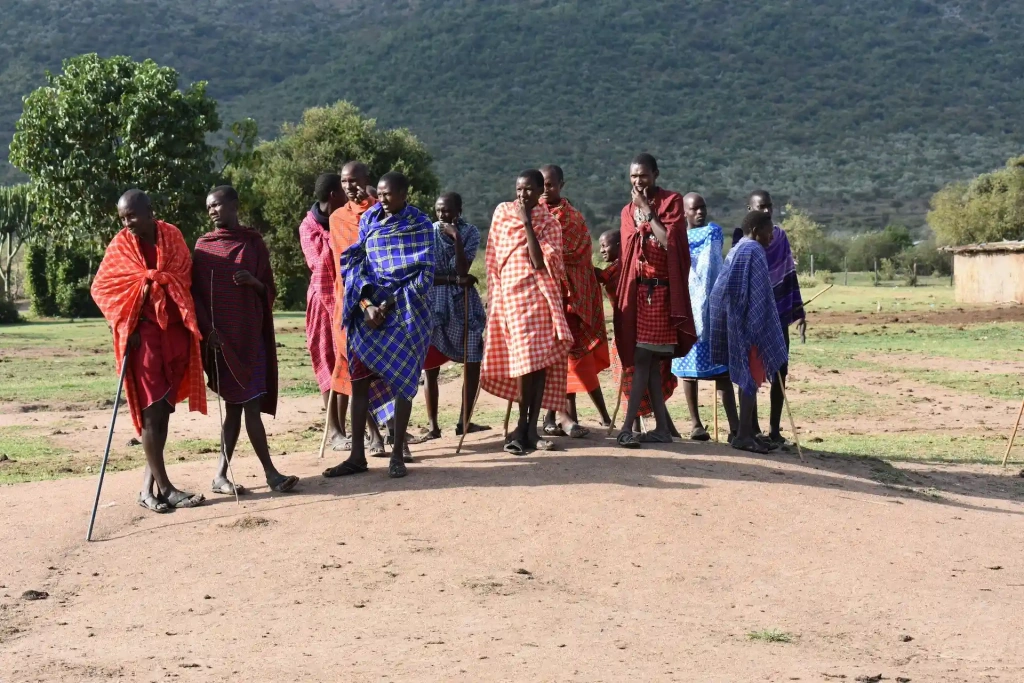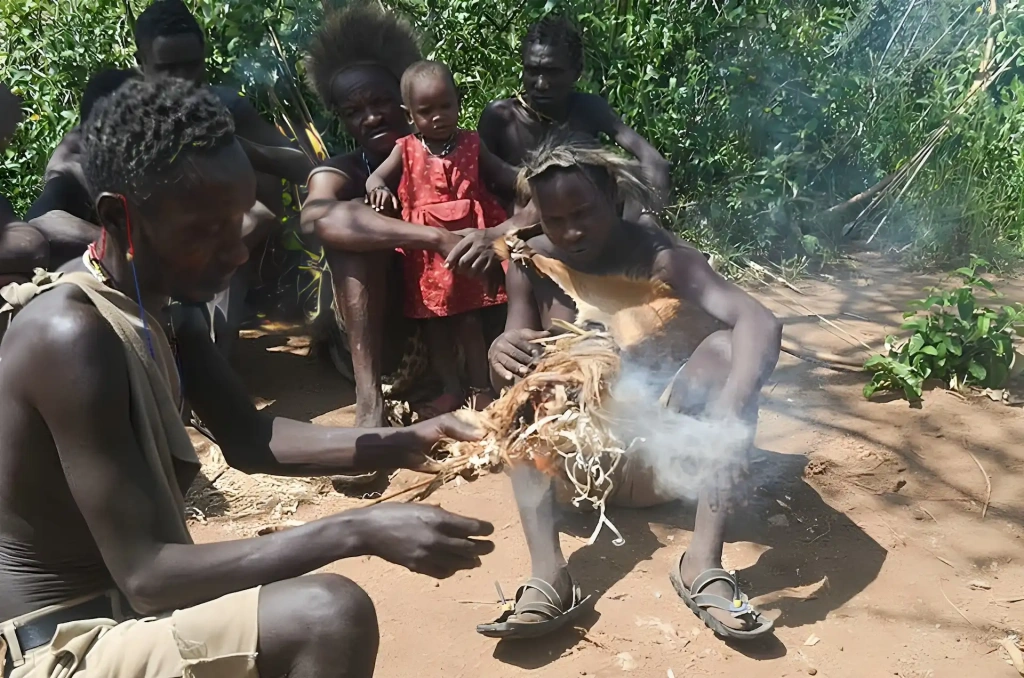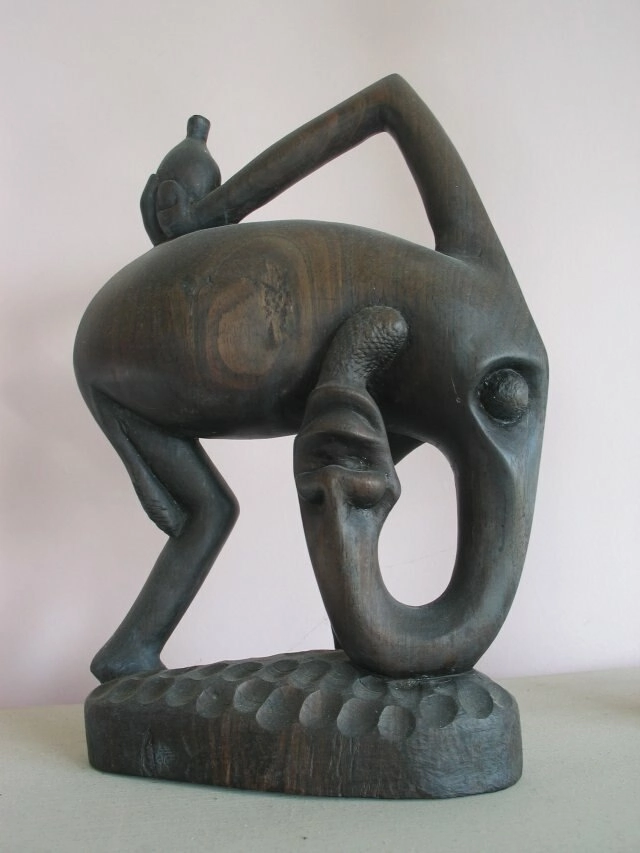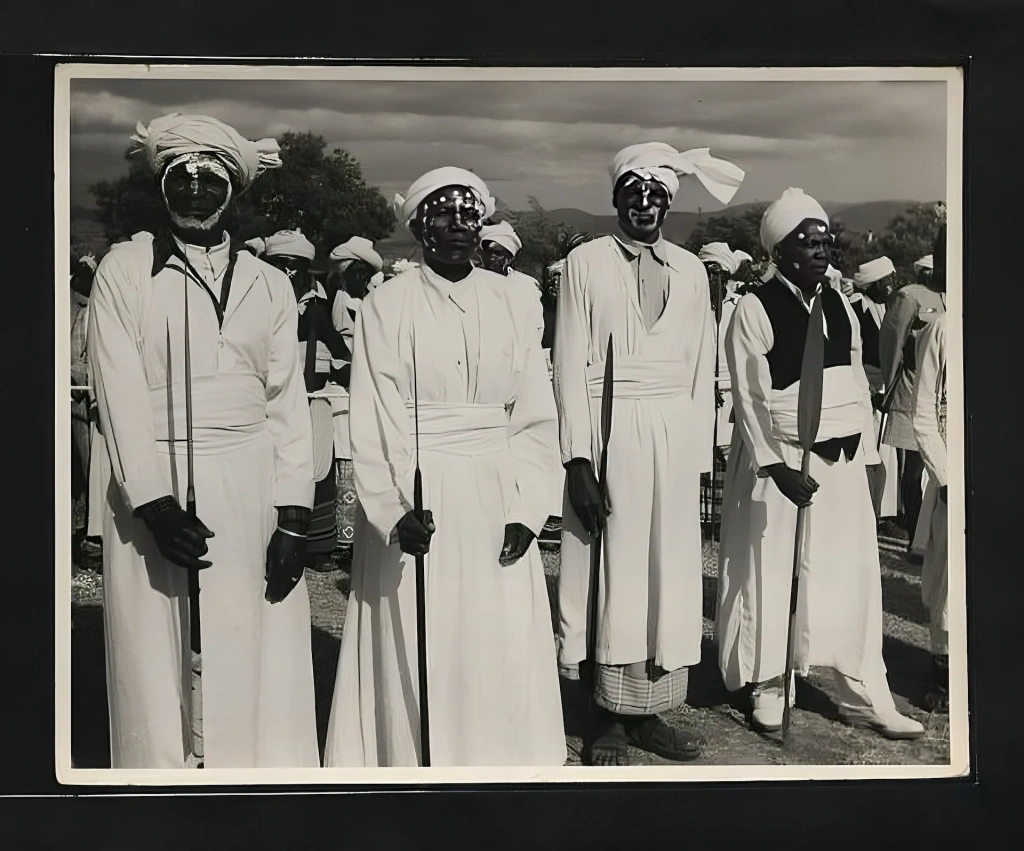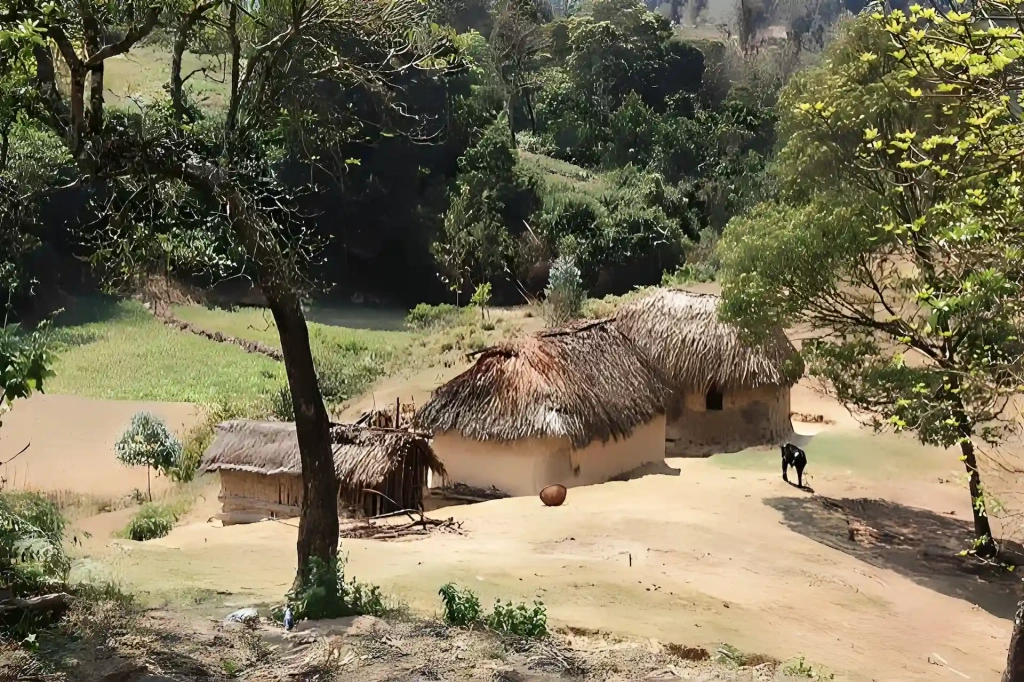Traveling to Tanzania is often described as a return to the origins of humanity. The country is renowned for its unique wildlife and stunning beaches, but beyond that, Tanzania is one of the most culturally diverse countries in the world. Tall and stately Maasai nomads, Hadza hunters with ancient traditions, resilient and freedom-loving Hehe, talented Makonde artisans, and Chagga traders and farmers all coexist harmoniously, creating a unified Tanzania.
How many tribes are in Tanzania?
Tanzania has over 120 different tribes, widely represented throughout the country. Nowhere else in Africa can one find such ethnic diversity. Each tribe speaks its own unique language and has its own traditions and customs.
Most tribes in Tanzania can trace their roots to the . The indigenous inhabitants of Central Africa, the Bantu, gradually migrated east, south, and west over millennia, dividing into different tribes.
In this blog post, we've compiled a short list of several interesting and influential tribes to introduce you to the cultural diversity of modern Tanzania.
Sukuma Tribe
The Sukuma tribe, one of the Bantu ethnic groups, represents the largest ethnic group in the country, making up about 16% of Tanzania's total population. The Sukuma live in the north of the country and in the southern part of the Lake Victoria coast.
The Sukuma are primarily engaged in agriculture, with their economic activities closely tied to the region around Lake Victoria. They grow sorghum, corn, millet, various types of groundnuts, sweet potatoes, cassava, peas, and rice (mainly in the western and southern areas), as well as cash crops like cotton and sesame.
Livestock farming also plays an important role in their economy. The Sukuma are known for raising cattle. Some livestock products, especially milk and butter, are consumed by the family, while others, particularly hides, are sold. The proceeds are used to pay taxes or exchanged for grain. Cows, goats, and sheep for the Sukuma are not only sources of income and food but also cultural symbols representing wealth and social status.
The Sukuma culture is rich in musical and dance traditions, particularly the "Bugobobobo" dance (or simply "Ngoma"). This colorful performance is a key element of Sukuma festivities and ceremonies. Music and dance serve as a means of passing down the ancestors' stories, beliefs, and wisdom from generation to generation.
The Sukuma traditionally revered ancestral spirits, believing that they protect the health of living family members. However, today many of them practice Christianity. Additionally, the Sukuma are known for using plants and animals in traditional medicine, considering them more effective than Western medicines.
The Sukuma are primarily a matriarchal society, though polygamy is still common among many of its members.
The Sukuma are divided into two separate groups — Kimakia and Kisomayo — who speak the Sukuma language and Swahili. They are closely related to the Nyamwezi, with whom they live nearby, and share some cultural features.
Nyamwezi tribe
The Nyamwezi are the second-largest ethnic group in Tanzania after the Sukuma. Currently, about 2 million Tanzanians identify as Nyamwezi. Tribe members live on the plains in the Tabora, Shinyanga, and Mwanza regions. The name "Nyamwezi" means "people of the moon," indicating their ancient traditions of moon worship.
Most members of this group once lived in close proximity in small villages, but in the 19th and 20th centuries, many sub-groups within the tribe dispersed to different settlements. Although their language, customs, and traditions share common roots with the Sukuma, the Nyamwezi have developed their own cultural characteristics.
Over time, the Nyamwezi have been influenced by Islam and Christianity, but their religious beliefs, based on the veneration of the moon, spirits, and ancestors, remain unchanged. In traditional Nyamwezi society, ancestral spirits played a key role in daily life. It was believed that ancestors had the power to positively or negatively influence the living, and various rituals and forms of worship were aimed at appeasing these spirits.
Like many Tanzania tribes, most Nyamwezi earn money by selling agricultural crops, with rice and sorghum being the two most popular products.
Chagga tribe
The Chagga are the third-largest ethnic group in the country. They live on the southern slopes of Mount Kilimanjaro and Mount Meru. According to some estimates, the Chagga number over 1.5 million people. The Chagga are a Bantu ethnic group people and are primarily engaged in farming and livestock breeding.
In each traditional Chagga home, there is a large household garden where they grow a wide variety of crops, such as coffee, bananas, and other fruits: oranges, lemons, and avocados, as well as sugar cane, flowers, vegetables, and some traditional herbs. Many families also keep cows and chickens. Families usually live in one-story concrete houses with corrugated iron roofs. The Chagga practice a tradition known as "kihamba," where land is passed down from generation to generation through the male line.
Today, the shortage of land has changed the economic structure of the tribe. Many Chagga now work for hire in large cities but still grow coffee as a cash crop. Thanks to access to the fertile volcanic soils of Kilimanjaro and effective farming methods, the Chagga have become the wealthiest of all the Tanzania tribes in Tanzania. Although they grow other crops, it is Arabica coffee that brings most of the tribe's income.
Due to their geographical location, many Chagga work as guides and porters for tourists attempting to climb local peaks. For example, you can meet some of them when climbing Mt Kilimanjaro.
Maasai tribe
The tribe that has become somewhat of a symbol of Tanzania is the Maasai. An estimated 800,000 members of this tribe live in Northern and Central Tanzania. If you include the Maasai living abroad in Southern Kenya, their number exceeds one million people.
The Maasai primarily engage in livestock breeding, raising cattle, and producing meat and milk. Many Maasai also work in tourism. Despite their ancestral lands being turned into national parks and the region becoming a popular tourist destination, the Maasai still preserve their traditions and customs. They continue to perform vibrant dances, sing songs, and participate in traditional initiation ceremonies. Many women adorn their bodies and stretched earlobes with intricate beadwork.
Most groups still live in kraals — villages where homes are arranged in a circle with a central cattle enclosure. Kraals are surrounded by acacia thorn fences to protect the livestock from lion attacks.
The importance of cattle, goats, and sheep in Maasai life cannot be overstated: they serve not only as sources of sustenance but also as indicators of social status. Having cattle and children are the two most important aspects of life for the Maasai, and a traditional prayer translates as "May the Creator give us cattle and children."
The Maasai are monotheists, believing in a single god, Engai, who can be both benevolent and malevolent. In Northern Tanzania, south of Lake Natron, lies the Maasai sacred volcano Ol Doinyo Lengai, also known as the "Mountain of God." The Maasai come to the volcano to pray to the god for relief from current misfortunes and for the treatment of diseases or infertility. Climbing the Mountain of God is possible, but travelers need to be well-prepared as the route is challenging and involves a steep ascent.
The Maasai speak a Nilotic language known as Maa, although most also speak Swahili.
Which tribe is famous in Tanzania?
When tourists think of indigenous tribes of the East African coast and Tanzania, they often picture the Maasai people. It is perhaps one of the most "popular" ethnic groups in the region since so many know about them. However, they are not the largest tribe in Tanzania, a country incredibly rich in cultural and ethnic group diversity.
Hadza or Hadzabe tribe
The Hadza is one of the last remaining hunter-gatherer tribes on our planet. In their homeland between Lake Eyasi and the Serengeti Plateau, fewer than 1,500 Hadza people remain. Descendants of the indigenous Tanzanians, they have lived in this region for thousands of years, leading a lifestyle remarkably similar to that of their ancestors.
Without livestock or agriculture, the Hadza start most days hunting and gathering. This indigenous ethnic group lives a life that appears "primitive" to outsiders. They follow a simple diet, which they believe is the key to their health. Men typically hunt to bring home meat and honey, while women and children gather fruits, berries, and roots.
One of the most fascinating aspects of the Hadza is their unique language, unrelated to other tribal languages in the region. The Hadza communicate by combining words and click sounds.
To read more about the Hadza lifestyle read our blog post, or meet the tribe members in person by embarking on a trip to Lake Eyasi in north-central Tanzania.
Makonde tribe
The Makonde tribe lives in southeastern Tanzania. Today, more than a million people in the country identify as Makonde. Striving to preserve their time-tested traditions, the Makonde keep to themselves, away from other communities in the region.
In the 18th and 19th centuries, Makonde groups migrated north from Mozambique across the Tanzanian border. They fled Mozambique to escape colonial rule and avoid capture by Arab slave traders.
Agriculture plays a key role in the sustenance of the Makonde; cassava and corn are among the most profitable crops they grow. However, wood carvings are perhaps their most famous commodity. Many members of the Makonde community have mastered the art of wood carving and engraving, creating impressive masks, practical tools, and ceremonial helmets.
Carving art was passed down from father to son, with young men learning carving techniques during initiation ceremonies. Many carvers made functional household items, but more artistically gifted ones were asked to create ritual helmet masks called "mapiko" and figurines for sacred rites. Although they were matrilineal communities, carving for the Makonde is traditionally a male occupation, and the technique was kept secret from the tribe's women.
The creations of these talented woodcarvers are more than just craftsmanship; they are integral parts of the culture and traditions of this conservative tribe. Wooden figures are used not only during holidays but are also passed down as family heirlooms, often depicting aspects of Makonde history and spirituality.
Tourists are usually not allowed to visit local Makonde villages, so many carvers have moved north to sell their products in busier parts of the country. Visitors can watch the craftsmen at work at craft markets in Arusha and Dar es Salaam.
Known for their individualism, resistance to slavery and colonialism, as well as cultural practices of scarification and tooth filing, the Makonde have earned the nickname "the angry ones." The Makonde not only appear fierce but are also famed as fierce warriors.
Hehe tribe
The Hehe tribe, or Wahehe in Swahili, known for their resilience and warrior traditions, dominate the Iringa region in south-central Tanzania.
Historically, the Hehe were formed from several older communities in the 19th century, uniting under the leadership of their famous chief, Mkwawa. This unification was primarily aimed at resisting external threats, especially from slave traders and European colonists.
The Hehe defeated a German detachment on August 17, 1891, at Lugalo and continued resistance for seven years under Chief Mkwawa. This element of their cultural heritage is remarkable and memorable even today.
The Hehe people are mainly engaged in agriculture and livestock farming.
Haya tribe
The Haya people, living in northwestern Tanzania, have a rich history that spans over 2,000 years. The Haya are known for their advanced ironworking skills; in pre-colonial times, they produced high-quality steel using pre-heating methods ahead of their time. Their culture is closely connected to the resources of Lake Victoria, near which they live.
The Haya are fortunate to have fertile lands, which they have used to cultivate and shape their way of life. Agriculture, especially banana cultivation, forms the backbone of the Haya economy and lifestyle.
The Haya tribe follows a patriarchal social structure. Families live in close-knit communities called clans. Each clan is led by a chief who plays a crucial role in maintaining order and resolving conflicts within the community. Strong family ties are a hallmark of the Haya tribe: extended families often live together in settlements consisting of several households.
The Haya people have a rich spiritual heritage, and traditional beliefs play a central role in their daily lives. They believe in the presence of ancestral spirits who watch over and protect the community. To appease and honor these spirits, the Haya conduct sacred rituals and ceremonies.
Today, the Haya are not only of interest for their rich history but also for their cultural traditions, particularly dance. Traditional Haya dances feature intricate foot rhythms performed by dancers in traditional attire — grass skirts and ankle rattles. Singing is also an integral part of Haya culture.
Iraqw tribe
Finally, the Iraqw tribe, living in the cool highland regions of north-central Tanzania. Most of the Iraqw population is concentrated on the Mbulu Plateau between Lake Manyara and Lake Eyasi. The tribe numbers around 350,000 people. It is believed that the Iraqw came from Ethiopia to Tanzania around the 16th century. Settling in the Rift Valley, they took up farming and livestock breeding.
The Iraqw people developed their unique culture partly because they retained their distinct Cushitic language, which differs from the predominant Bantu, Nilotic, and Khoisan languages in Tanzania.
Most Iraqw live off agriculture. They grow corn, beans, and millet, which are then used in their kitchens and local economy. Additionally, the tribe engages in livestock farming, raising cows, goats, and sheep.
The Iraqw are also known for their skills in pottery and weaving. They create functional pottery, including pots, serving dishes, and jugs in a classic style. They also use local materials like sisal and palm leaves to make baskets and mats.
The Iraqw people have a strong belief in a higher power responsible for creating the universe. The belief in the continuous influence of the deceased on the living and ancestor worship is central to their culture.
This list does not cover all Tanzanian tribes, but we have tried to mention some of the most numerous and interesting ones. Daily life in Tanzania has been shaped by the customs and beliefs of each tribe, allowing the country to maintain its identity despite a constantly changing and modernizing society. Whether in the metropolis of Dar es Salaam or the depths of the Serengeti, you will surely notice this when traveling through Tanzania.











